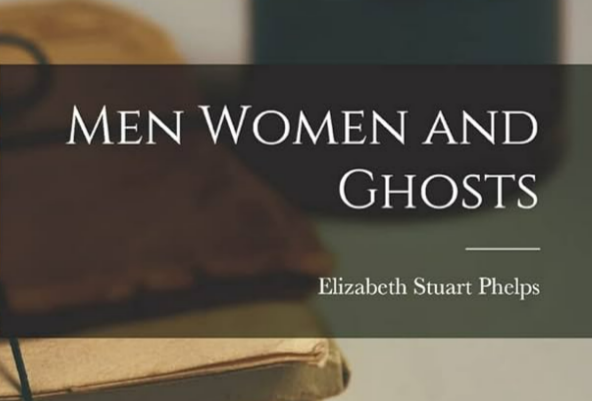Nightmare: A Tale for an Autumn Evening
byIn this chapter titled Nightmare: A Tale for an Autumn Evening, the scene unfurls not with quiet suspense but with wild momentum, as a windswept street transforms into a theater of chaos and absurdity. The setting is no ordinary night—it is a blustery autumn evening charged with movement, sound, and the comic struggle of one man trying to reach the comfort of home. Mr. Spruggins, slightly off balance from the indulgence of a rich dinner and wine, finds himself tossed and spun by a wind that behaves less like weather and more like a mischievous trickster. The gusts seem to carry intention, buffeting him around corners, lifting his coat-tails like a puppeteer would with strings, and even giving him brief moments of flight as he stumbles through deserted streets. The tone is playful yet unsettling, blending physical comedy with a creeping sense of being toyed with by forces beyond control.
The moon, flickering in and out of view behind rushing clouds, joins the wind in this nocturnal performance. It grins and darts about the sky, offering flashes of light that are less helpful than mocking. Mr. Spruggins, already frustrated, squints up at it as though it too were in on the joke. When he finally reaches his front steps, the relief is immediate but short-lived. A sudden surge of wind slams him against the door, flattening him like a leaf against glass, and robbing him briefly of breath. Fumbling with his keys, he curses and mutters as the keyhole seems to shift with the moonlight. The wind howls around him, making his coat flap wildly, his hat twist, and his patience fray with each passing second. It’s a scene rich in farce but tinged with anxiety—the kind of nightmare where the familiar becomes treacherous, and the mundane, like a key, turns into a cruel puzzle.
Once inside, the chaos does not cease. The wind, thinner now but still insistent, finds cracks in windows and under doorframes, invading like an unwanted guest. Mr. Spruggins attempts to light a candle, but the flame trembles, bends, and nearly dies under invisible breath. His face moves in close, eyes narrowed, until the candle finally catches, though the flame singes his chin in the process. It’s a victory, but a painful one, and the candle’s wavering light casts elongated shadows across the walls, turning the interior of his home into a flickering chamber of unease. The wind, personified throughout, seems to resent this triumph. It whistles and whines, trying to reach the flame once more, creating drafts that swirl the curtains and shift the furniture’s silence into suggestion. Mr. Spruggins watches the shadows, no longer sure if he’s alone.
The language throughout remains as animated as the wind itself, with words tumbling into each other in rhythm with the night’s disturbances. This style, energetic and unpredictable, mirrors the disoriented state of the protagonist. The atmosphere is built not from fear but from heightened absurdity, evoking the tension of being caught in a dream where control has been entirely surrendered. The wind, moon, and candle don’t just act on Mr. Spruggins—they seem to react to him, teasing and testing his resolve as he tries to regain stability. The story doesn’t rest purely on description, but on sensation—how it feels to be at the mercy of elements that don’t obey rules, in a world that suddenly refuses to cooperate.
What makes this tale resonate beyond its comic structure is its emotional subtext. Mr. Spruggins’s battle with the wind reflects more than just a literal storm; it echoes the universal experience of struggling against invisible pressures. Life often forces people through moments that feel exaggerated, ridiculous, or even impossible—yet one must continue forward, breathless and irritated, until the moment passes. His exaggerated movements and muttered complaints offer a mirror to those small, daily frustrations that accumulate and mock our attempts at composure. Even lighting a candle becomes a symbolic act, a flicker of control in an evening ruled by external whim. The tiny flame, fragile but enduring, becomes a quiet symbol of resistance against a world too wild to reason with.
By the time the storm quiets and the candle holds, there’s a shift in the mood—not of resolution, but of uneasy stillness. The night doesn’t apologize, nor does the wind fully retreat. Mr. Spruggins has not conquered anything, yet he has endured. That, perhaps, is enough. The tale closes with no grand insight, no dramatic shift, but with a return to relative normalcy that feels earned. The reader is left with the sense that while chaos is often brief, its residue lingers in small ways—like a breeze under a door, or the memory of a flame too close to the skin. Nightmare: A Tale for an Autumn Evening becomes not just a whimsical account of a man versus the wind, but a metaphor for navigating unseen turmoil with stubborn determination.

